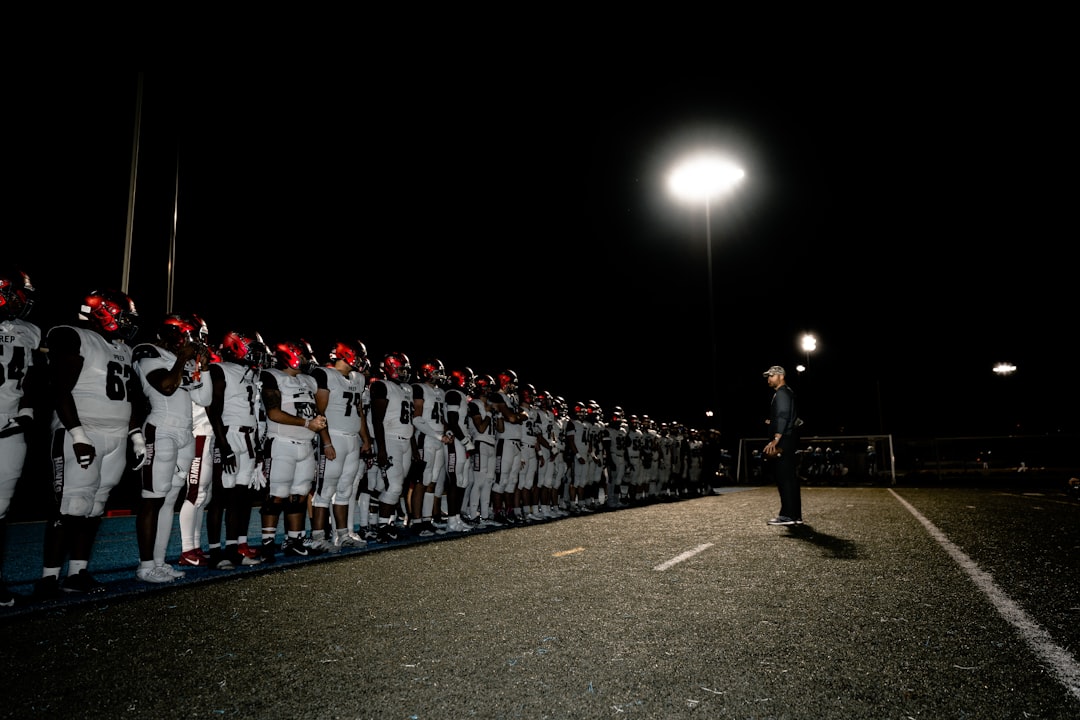In recent years, the world of football has undergone a statistical revolution, and nowhere is this more evident than in South Florida. Whether it’s college teams like the Miami Hurricanes or powerhouse high school programs such as St. Thomas Aquinas and Miami Central, the use of data and analytics is transforming how games are predicted, played, and strategized. From tracking player performance to simulating game outcomes, the role of analytics in making football predictions has evolved from a niche tool to a competitive necessity.
The Transformation of Football Predictions
Traditionally, football predictions were made based on historical performance, expert opinions, and gut feelings. However, with the advent of advanced data tracking technologies and machine learning models, predictions have become more data-driven and sophisticated.
South Florida, a region nationally known for its relentless passion for football, fast-paced gameplay, and elite talent production, has become a hub for applying analytics to the sport. Coaches, analysts, and even media outlets rely increasingly on numbers to provide a more accurate view of a team’s or player’s potential.
Core Data Sources Shaping Predictions
To understand how analytics influence predictions in South Florida football, it’s important to explore the types of data commonly used:
- Player Metrics: Speed, agility, strength, and stamina — all measured via GPS trackers and performance wearables.
- Game Statistics: Yards per play, time of possession, completion rates, turnovers, and more collected automatically and manually during games.
- Recruitment Data: Historical data from high school into college, including scout grades and combine stats.
- Opponent Tendencies: Analytics on how a team responds to specific game situations such as third downs or red zone appearances.
- Weather and Environmental Factors: Temperature, humidity, and even wind speed are increasingly factored into predictive models.
These data streams are fed into machine learning models or rule-based algorithms that offer predictions or actionable insights for teams preparing for a match.
The Role of High School Football Analytics
High school football in South Florida is serious business. Teams like Booker T. Washington, Cardinal Gibbons, and Chaminade-Madonna Prep are often ranked among the nation’s best. And now, even at this level, analytics are being used to influence game planning and predictions.
Platforms such as Hudl and Catapult are heavily utilized by prep coaches to glean insights from game footage, creating detailed breakdowns of play formations and individual player efficiencies. This data is then combined with scouting reports to produce game predictions and drive game strategy.

College Programs and Advanced Metrics
The University of Miami Hurricanes have invested significantly in sports analytics departments in recent years. With dedicated staff analyzing both their own and opponents’ game footage, data is transformed into predictive insights that give a competitive edge in the ACC conference.
Here are a few notable ways college teams in South Florida use analytics:
- Play Calling Optimization: Coaches use historical success rates of plays in similar in-game situations to select the highest-probability option.
- Injury Risk Assessment: Analytics from practice and in-game wearables help medical staff monitor load and fatigue to prevent injuries.
- Recruitment and Roster Management: Predictive modeling assesses athletes’ future performance based on physical development, training consistency, and past performance.
In many instances, predictive analytics are used to simulate an entire season based on player health, matchups, and statistical models. This gives coaching staff insights into challenging stretches in the schedule and suggests areas where teams must focus efforts to maximize victories.

Gambling and Fantasy Football: The Wider Implications
As sports betting becomes more prevalent and legalized across various states, analytics are becoming just as crucial for fans and oddsmakers as they are for coaches. In South Florida, where football plays a central role in community life, gambling and fantasy leagues have taken off like wildfire.
Gamblers now use predictive engines that analyze current data from injury reports, weather, team strategies, and player performances to place more informed bets. Similarly, fantasy football players use week-over-week performance algorithms to decide who to start, trade, or sit.
Examples of Models Changing the Game
Several prediction models have surfaced as game-changers in the South Florida football scene. Here’s a look at how they function:
- Expected Points Added (EPA): Measures how plays contribute to a team’s point total, allowing coaches and analysts to rank the effectiveness of play types under different conditions.
- Win Probability Models: Tracks and predicts a team’s likelihood of winning throughout the game using real-time data feeds. This is particularly useful for in-game decision-making.
- Recruitment Heat Maps: Used by both scouts and coaches to visualize the reach and concentration of past recruits’ success based on geographic regions.
These insights are not just mathematical; they are strategic. For example, if a team discovers it’s significantly underperforming in 3rd-and-long plays, they might change their playbook entirely for those scenarios.
Challenges and Ethical Considerations
Despite its advantages, integrating analytics into sports prediction is not without challenges. For one, the quality of data must be accurate and consistent — a tall order for high school and college programs with varying levels of resources.
Moreover, there are ethical concerns about tracking player health data and using it to determine playing time or scholarships. Privacy issues arise when collecting performance data from teenagers. Transparency around how data influences coaching decisions is crucial for preserving trust between players, teams, and institutions.
What the Future Holds
As technology continues to advance, South Florida’s football programs are only set to become more entrenched in data and analytics. Real-time processing of in-game analytics using wearable tech and AI-supported coaching tools could one day allow for live play adjustments directly influenced by models running on the sidelines.
At a broader level, collaborations between data scientists, sports physiologists, and coaching staff will push the boundaries of what’s possible in football prediction. The ultimate goal? Turn insights into victories — smartly, ethically, and efficiently.
Conclusion
From Friday night lights to televised college battles, South Florida football is embracing the analytical age. Data is no longer just a post-game talking point; it’s now deeply embedded in the way teams prepare, predict, and perform. With richer data sets, sharper tools, and a cultural willingness to innovate, the influence of data and analytics on football predictions in the region will only deepen. As fans, players, and coaches become more data-literate, expect the game to evolve in exciting, number-driven ways.
